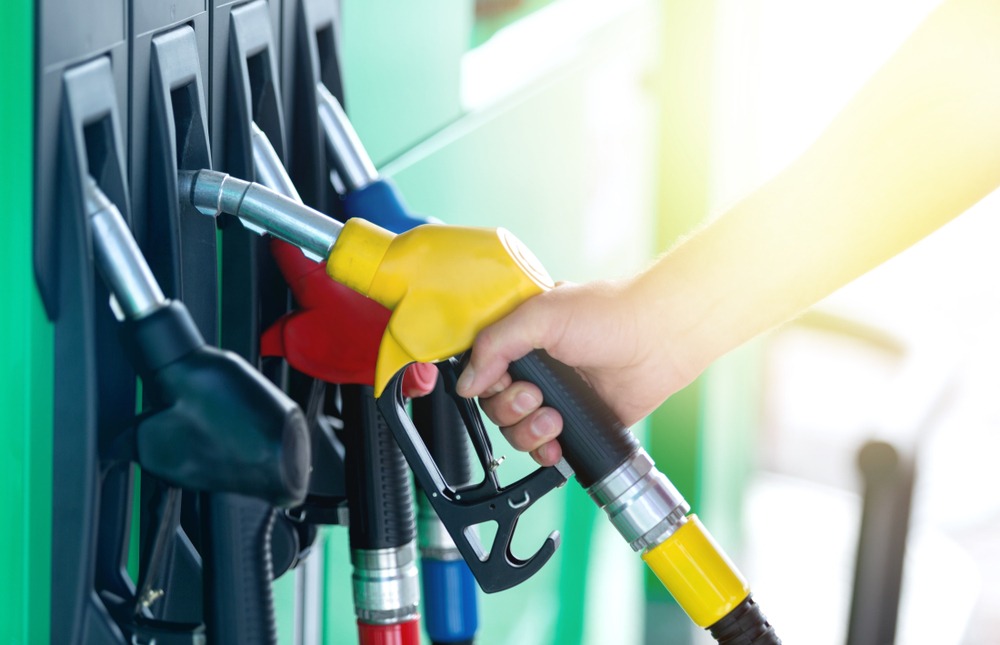
Driven by the highest levels of consumer demand since 2011, the national gas price average increased 4 cents to $2.53 per gallon last week, the Energy Information Administration (EIA) reported.
In addition to increased demand, rising gas prices have been attributed to a 290,000 barrel per day drop in domestic crude oil production. That marks the largest decrease since the height of an active hurricane season last October. Additionally, crude oil inventories dropped 4.9 million barrels.
“The EIA’s gasoline demand measurement is higher than any week in January last year,” AAA spokesperson Jeanette Casselano said. “If demand continues to climb, motorists are likely to see pump prices increase too, paving the way for even more expensive fill-ups. This month’s average is already 19-cents more than last January.”
Eight states in the Great Lakes and central regions of the country saw the largest prices increases in the country. Regional prices ranged from a low of $2.30 in Missouri to a high of $2.69 in Michigan. Gasoline inventory increased by 2.2 million barrels in the region, marking the third consecutive week of gains and the second largest build in the country, EIA reported.
“Some market observers are encouraged that oil prices will continue to climb as production slows and inventories grow tighter,” AAA stated. “However, the drop in production may be short-lived. Baker Hughes, Inc., reported that last week, the number of active oil rigs in the U.S. grew by 10, bringing the total number of rigs to 752. The oil produced by these rigs may help the U.S. reach a new crude production level of 10 million barrels per day later this year, as speculated by many market observers.”
Just two states recorded gas price drops last week. Prices dropped 2 cents in Alaska and 1 cent in Rhode Island. Texas, Alabama, Mississippi, Missouri, Arkansas, South Carolina, Oklahoma, Arizona, Louisiana, and Virginia round out the list of least expensive markets in the country.